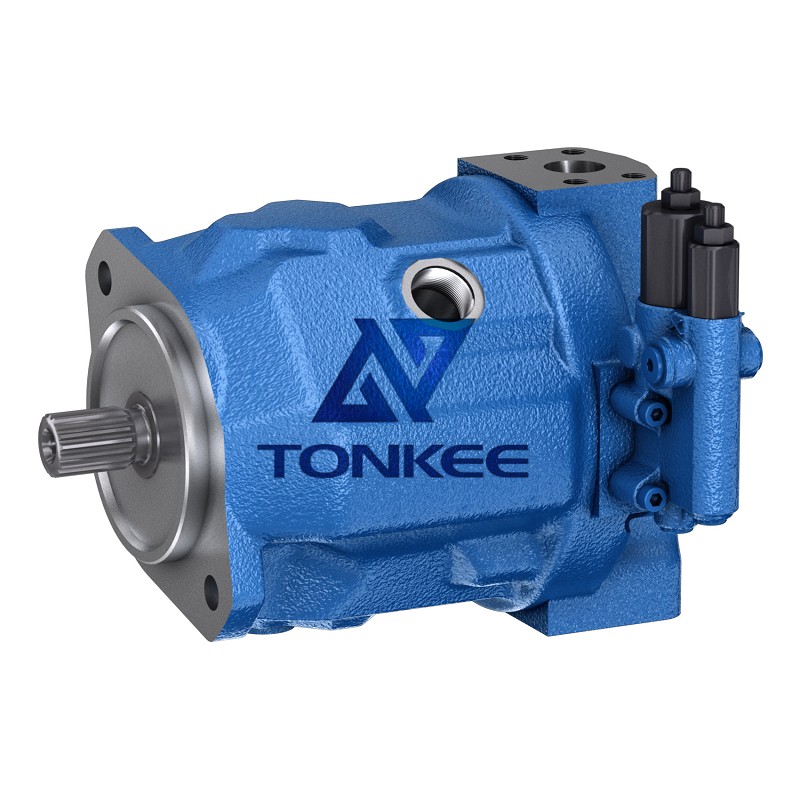
Pump Housing: The pump housing serves as the main body of the pump and houses all the internal components.
It is typically made of high-strength materials such as cast iron or steel to withstand the intense pressure and loads. The replacement pump housing should have the same dimensions, connections, and mounting points as the original to ensure compatibility.
Pistons and Cylinder Block: The pistons and cylinder block are crucial parts responsible for generating hydraulic pressure. The cylinder block contains multiple pistons that reciprocate within it, creating the pumping action. The replacement parts must be manufactured to precise tolerances and have the same number of pistons as the original pump for optimal performance.
Valve Plate and Plate Retainer: The valve plate controls the flow of hydraulic fluid within the pump. It consists of various channels and valves that direct the fluid to different sections of the hydraulic system. The replacement valve plate should have identical port configurations and pressure ratings as the original, ensuring proper fluid distribution and pressure control.
Shaft and Bearings: The pump shaft transfers rotational motion from the engine to the pistons, enabling the pumping action. It must be made of durable and high-strength materials to withstand the torque and stress. The bearings support the shaft and reduce friction during rotation. Replacement shafts and bearings should match the specifications and dimensions of the original parts to maintain optimal performance and reliability.
Seals and Gaskets: Seals and gaskets are crucial for preventing fluid leaks and maintaining hydraulic pressure.
They are used in various locations within the pump, including the pump housing, valve plate, and cylinder block. When replacing these parts, it is important to use high-quality seals and gaskets that are compatible with the hydraulic fluid used in the system and provide a reliable and leak-free seal.
Filters and Strainers: Filters and strainers are essential components for maintaining the cleanliness of the hydraulic fluid. They prevent contaminants and debris from entering the pump and other hydraulic components, which can cause damage and reduce efficiency. Replacement filters and strainers should match the original specifications and provide the same level of filtration to ensure optimal performance and longevity.
O-rings and Sealing Rings: O-rings and sealing rings are used to create a secure and leak-free connection between various pump components. They are typically made of rubber or elastomer materials that offer excellent sealing properties. When replacing these rings, it is crucial to select the correct size, material, and hardness to ensure a proper seal and prevent fluid leakage.





 English
English português
português Русский язык
Русский язык










